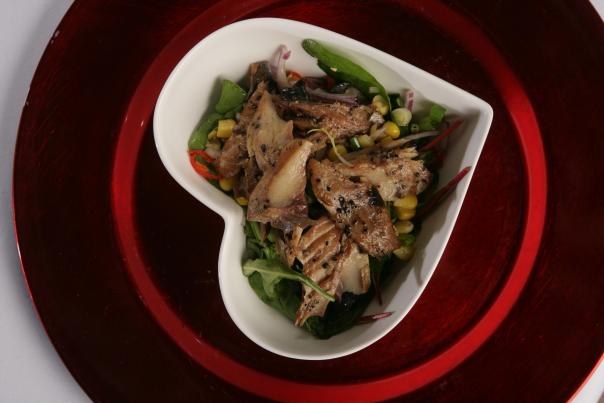
In a poll of Britain’s five to 11 year olds, just under a third (29%) of children named fish fingers as an edible seafood, ahead of popular species haddock (18%), prawns (16%).
More kids were able to come up with Finding Nemo favourite, Clownfish (12%), than mackerel (5%), and sustainable species pollock and coley failed to feature at all.
Heather Middleton, director of Seafish’s programme called Fish is the Dish (www.fishisthedish.co.uk), said research had shown eating habits were formed before the age of five, when children began primary school.
And teachers had previously indicated that educating young people about the importance of seafood had been difficult to manoeuvre into the school curriculum in an engaging way.
“Ensuring a profitable and sustainable future for the UK fishing community is Seafish’s primary purpose and encouraging the consumption of fish has a key role to play in achieving this.
“By educating children on the importance of seafood in their diet, we are helping to inform dietary decisions in the early years of eating habit development.
“The results of our research have been largely positive but we are all too aware that there is still work to be done to improve education on the benefits of eating fish.
“However we are hopeful the initiatives we will be rolling out in the next few months will go some way to address this.”
Among these initiatives Seafish will roll-out the latest in a series of education programmes across the UK, which will include a teachers’ guide for close to 18,000 schools across the country plus children’s learning materials and workbooks.
Teachers and parents can also find more information on the health benefits of introducing fish into children’s diets, further details on sustainable species and recipe ideas by visiting Seafood’s Fish is the Dish website.
Middleton added: “From September a new curriculum for England schools will include cooking, which Seafish hopes will further increase children’s interest in eating seafood.”